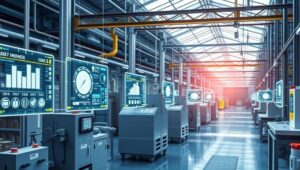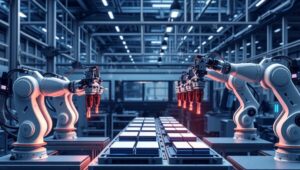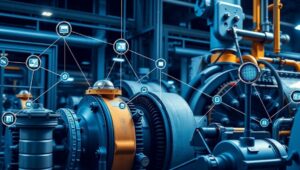May 31, 2025
Open Source IoT Platforms and Tools: Driving Innovation (2025)
Open Source IoT Platforms and Tools: Driving Innovation in 2025 The Internet of Things (IoT) is rapidly transforming industries, connecting devices and generating vast amounts of data. Open source platforms and tools are playing a pivotal role in accelerating IoT innovation, offering flexibility, customization, and community-driven development. This article explores the current landscape of open source IoT, highlighting key platforms, tools, and the impact they are having in 2025. What is Open Source IoT? Open source IoT involves utilizing software and hardware where the source code is publicly accessible and can be modified and distributed by anyone. This approach fosters












